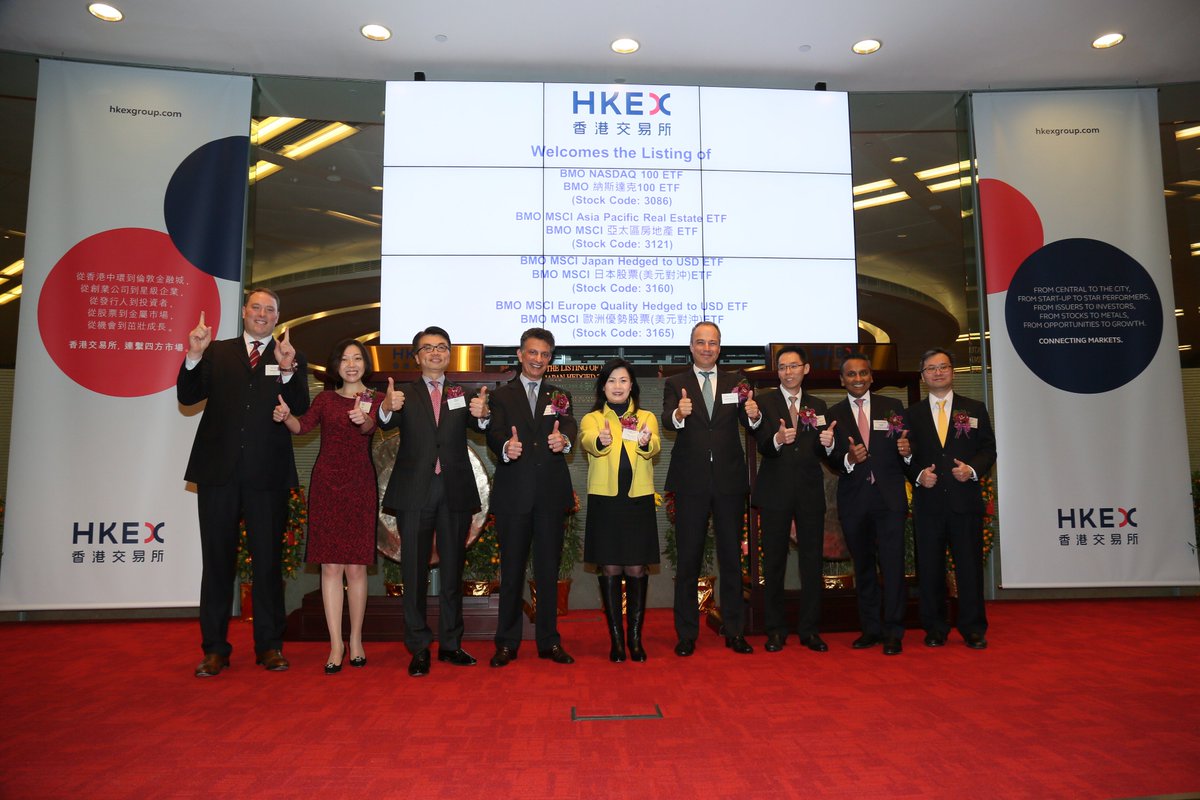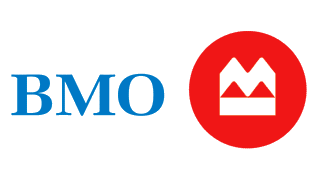Instead of attracting new assets with new ETFs, BMO Hong Kong is leveraging existing ones. And it's working, writes Felix Xu.
BMO Global Asset Management's Hong Kong subsidiary will prioritise the development of its existing lineup of ETF products rather than focusing on launching new products.
Since launching its first Hong Kong ETF in 2014, BMO has distinguished itself from other ETF providers by listing innovative products. Notably, this includes the first Asian US dollar bond ETF, the BMO Asia USD Investment Grade Bond ETF (3141), which has almost $1bn assets.
But BMO has slowed its tempo in recent years. It has listed no new products since February 2016, when it listed four of its overseas market-linked ETFs on the Hong Kong Stock Exchange.
According to Clarence Chan, managing director and head of ETF Asia at BMO, the company's existing line-up of seven ETFs is the main focus, particularly as some of them posted significant growth last year.
"Some individual products such as the BMO NASDAQ 100 ETF managed to grow 60% to 70% in AUM in 2017 even though they are not the mainstream Hong Kong and China-focused ETFs," Mr. Chan points out.
Hong Kong's ETF market has been dominated by plain vanilla Hong Kong and China equity ETFs such as the Tracker of Hong Kong and the CSOP FTSE A50 ETF. Capital inflows into these ETFs were considerable last year, driven by the bullish run of the local stock market.
However, BMO's ETFs are trying to provide different dimensions to institutional investors to meet their various investment objectives such as hedging risks and gaining access to specific markets.
Total AUM of BMO's Hong Kong ETFs grew by 40% year-on-year to reach more than US$290 million in January 2018, Mr. Chan says, adding that this "showed that there were still a pocket of investors or institutions who prefer to trade [the ETFs tracking the equities listed] in different time zones."
According to Mr. Chan, BMO has secured significant capital uptake from discretionary accounts and fund of funds because of their unique underlying themes and structures.
On new product launches, he notes that the company does not have a concrete schedule for new product launches.
"We're still in the midst of reviewing [the distribution strategy of the existing products]," he says. "At the same time, we always review the market to see what investors need. If opportunity arises, we will definitely launch new products."
He says institutional investors currently account for a "significant proportion" of the company's ETF assets.
"Our ETF products are relatively high in liquidity, especially in the primary market," he explains "The creation size of our products is low, which is very beneficial for market makers and participating dealers. Also, the cost of creation [of the company's ETFs] is probably the lowest in the market."
Institutional investors can also make use of the company's ETFs to access specific markets or strategies, he adds.
For example, the BMO Asia High Dividend ETF has drawn significant institutional capital as investors can use it to gain exposure to high dividend equities, he says.
The BMO Asia High Dividend ETF is structured with a smart beta investment approach to identify companies with at least three consecutive years of increasing dividend payments.
He expects Hong Kong's ETF market to continue evolving, with providers launching more factor-based, thematic, and sector ETFs in the future.



